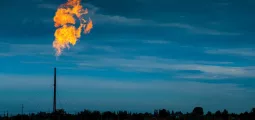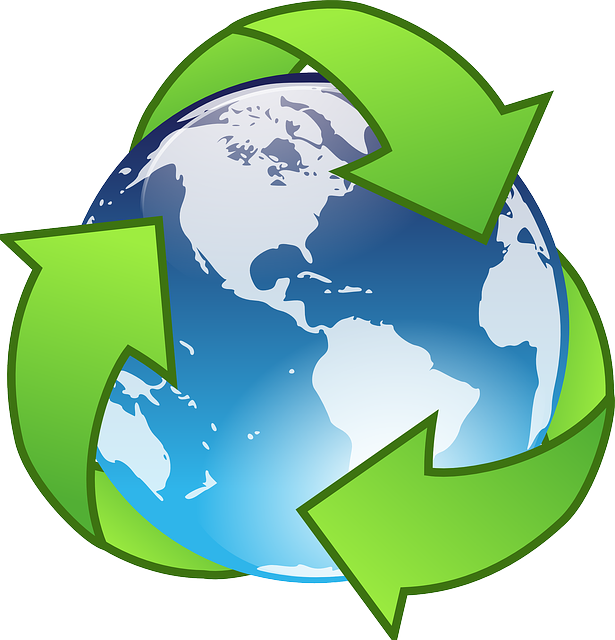What free trade areas or economic unions is it a member of?
Member of the African Continental Free Trade Area (AfCFTA) since 01/04/2019
Other members:
Benin, Burkina Faso, Cameroon, Chad, Congo, Côte d'Ivoire, Djibouti, Egypt, Equatorial Guinea, Eswatini, Ethiopia, Gabon, Gambia, Ghana, Guinea, Kenya, Mali, Mauritania, Namibia, Niger, Nigeria, Sao Tome and Principe, Senegal, Sierra Leone, South Africa, Togo, Uganda, Western Sahara, Zimbabwe
What trade deals are there between African Continental Free Trade Area and other countries and economic unions?
None
What trade deals are there with other countries and economic unions?
Common Market for Eastern and Southern Africa (from 08/12/1994)
PwC: Nigerian Report on Ease of Doing Business
Trade with the United Kingdom
Source: UK Office for National Statistics, October 2022.
Contains public sector information licensed under the Open Government Licence v3.0.
Loading, Please Wait!
This may take a second or two.









































































 Its population in 2018 was 12,501,156 [
Its population in 2018 was 12,501,156 [ In 2015, 86.66% of its total energy
In 2015, 86.66% of its total energy  In 2021, its GDP grew by 10.88% [
In 2021, its GDP grew by 10.88% [ In 2021 it had a negative Current
In 2021 it had a negative Current  Its Expenditure on R&D (as a percentage of
Its Expenditure on R&D (as a percentage of 